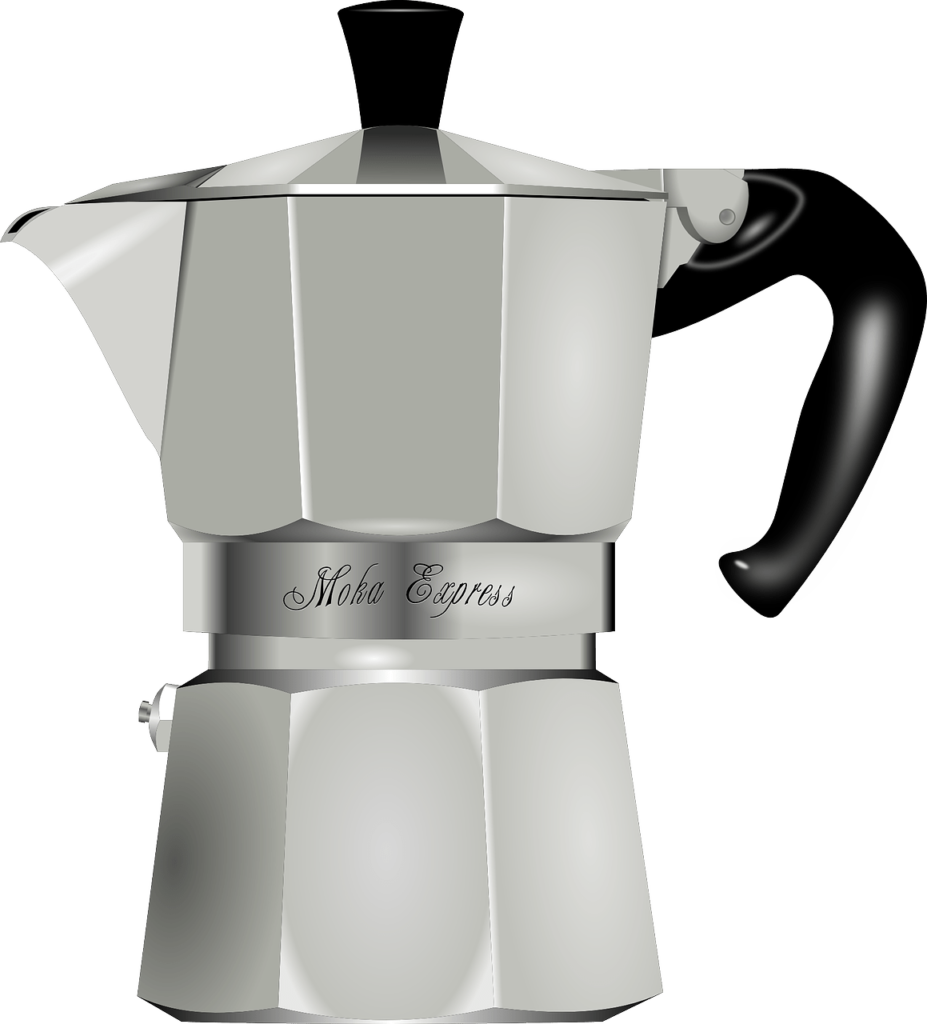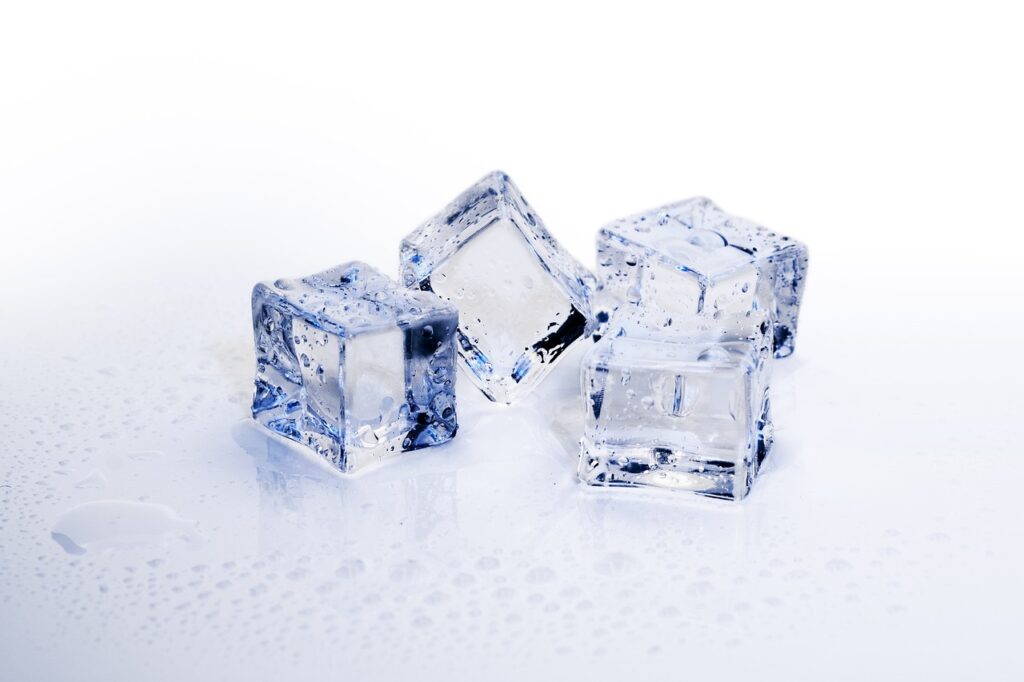How Long Before A New Ice Maker Fills With Water?
Have you ever wondered how long it takes for a new ice maker to fill with water? Whether you’re setting up a fresh appliance in your kitchen or breathing life into an old one, understanding the timeline and mechanics behind it can make the process a lot smoother. Starting a new ice maker isn’t merely about flipping a switch; it involves cycles, water lines, and sometimes, a bit of troubleshooting. Intrigued? Let’s delve into this fascinating world of ice-making to give you a clear picture.

What Factors Affect the Fill Time of an Ice Maker?
Your excitement about having a continually replenishing supply of ice might lead you to expect instant results. However, the time it takes for an ice maker to fill with water can be influenced by several factors. Let’s break those down:
Type of Ice Maker
Various ice makers function differently. Some might be part of your refrigerator, while others are standalone units. Each has its unique process and timeline for filling with water and producing ice. Typically, built-in refrigerator ice makers might fill and produce ice at a different rate than standalone commercial ice makers.
| Type of Ice Maker | Approximate Fill Time (Minutes) |
|---|---|
| Built-in Refrigerator Ice Maker | 90 – 120 |
| Standalone Commercial Ice Maker | 30 – 60 |
Plumbing and Water Pressure
Your home’s plumbing and water pressure play a significant role. Ice makers generally require a consistent water pressure of around 20-120 PSI (pounds per square inch). If your water pressure is too low, it will take longer for the unit to draw in enough water to fill. Conversely, extremely high water pressure might cause leaks or other issues.
Temperature Settings
Temperature settings inside your freezer and the surrounding environment can also impact the time it takes. Warmer environments or improper freezer settings could slow down the filling and freezing process. Ideally, your freezer should be set at 0°F (-18°C) for optimal ice production.
Initial Set-Up Time
Remember that the first time you start a new ice maker, it may take longer as the entire system needs to prime and reach its optimal operating temperature. This initial setup phase could add as much as 24 hours before the first batch of ice is ready.
Understanding the Ice-Making Cycle
Let’s dissect what actually happens during the ice-making process. This knowledge can ensure that you’re not left guessing if something goes wrong.
Water Fill Cycle
When you first connect and turn on your ice maker, the appliance will initiate a water fill cycle. During this cycle, the water inlet valve opens, allowing water to flow into the ice mold. This cycle usually lasts about 5 to 6 seconds, depending on your model.
Freezing Cycle
Post water fill, the unit enters the freezing cycle. The freezing time can vary significantly depending on the size and type of ice cubes being produced. On average, it takes around 90 minutes to freeze a complete batch of ice cubes.
Harvesting Cycle
Once the ice is frozen, the ice maker will proceed to the harvesting cycle. A heating element will warm the mold just enough to loosen the ice cubes, which are then pushed into the ice bin or dispenser. This cycle usually lasts a few minutes and is often followed by the next water fill cycle, repeating the process.
Troubleshooting Common Issues
Finding that your new ice maker is taking longer than expected to fill with water? Or perhaps it’s not filling at all? Don’t worry; some common troubleshooting steps can help resolve most issues swiftly.
Check Your Water Supply
The first thing to examine is your water supply line. Ensure it’s correctly connected and that there is no obstruction or kink in the line. Sometimes, simply resecuring the connection can solve the issue.
Inspect the Water Inlet Valve
The water inlet valve could be another culprit. This valve can get clogged or fail over time, impacting the water flow into the ice maker. You can usually spot trouble with this valve if you’re hearing it activate, but no water seems to flow through.
Examine the Ice Maker’s Thermostat
Sometimes, the thermostat inside your ice maker might be set too high, thus taking longer to signal the unit to move from the freezing to the harvesting cycle. Ensure the thermostat settings are appropriate for ice making.
Verify Water Pressure
If your water pressure is on the lower end, it might extend the time needed to fill the ice mold. Using a water pressure gauge, check if your home’s water line pressure falls within the recommended range for your ice maker.
Run a Diagnostic Test
Many modern ice makers come with a diagnostic mode. Check your user manual for instructions on running this test, which can help identify what components might be malfunctioning.
How to Optimize Your Ice Maker’s Performance
A few practical tips and regular maintenance can help you get the most out of your ice maker, ensuring its efficiency and longevity.
Regular Cleaning
Like any appliance, keeping your ice maker clean can go a long way. Mold and mineral deposits can clog the system and impact overall performance. Follow the manufacturer’s cleaning recommendations, often involving a mixture of warm water and vinegar or a specialized ice maker cleaner.
Replace Filters Regularly
If your unit comes with a water filter, make sure to replace it as recommended by the manufacturer, usually every six months. A clogged filter can restrict water flow and diminish ice production.
Monitor Temperature Settings
Ensure that your freezer remains at the optimal temperature (0°F or -18°C). A simple thermometer can help you keep track.
Leave Space for Air Circulation
Ensure there’s adequate space for air circulation around the appliance. Restricted airflow can cause overheating and slow down the ice-making process.

Frequently Asked Questions About Ice Makers
How much water does an ice maker use?
Typical home ice makers use around 3 to 5 gallons of water to produce about 10 pounds of ice, though this can vary based on your model.
How long does it take to make the first batch of ice?
For most home ice makers, it takes between 6 to 12 hours for the first batch of ice, considering the initial setup and priming. Subsequent batches usually take 90 minutes to two hours, depending on conditions.
Can I speed up the ice-making process?
Ensuring optimal water pressure, maintaining the correct freezer temperature, and regular cleaning can help expedite the process.
What should I do if my ice cubes are small or hollow?
Small or hollow ice cubes often indicate low water pressure or a problem with the water inlet valve. Check your water pressure and inspect the valve for any issues.
Is it normal for new ice makers to be noisy at first?
Some noise is typical when an ice maker starts, mainly from the water valve opening and closing, or the ice cubes dropping into the storage bin. If the noise persists or sounds abnormal, you may need to troubleshoot further.
Conclusion
Understanding how long it takes for a new ice maker to fill with water involves considering several factors, from the type of ice maker and water pressure to initial set-up and temperature settings. By knowing the ice-making cycle and how to troubleshoot common issues, you can optimize your appliance for better performance. Regular maintenance like cleaning and filter replacement can go a long way in ensuring a continuous supply of ice, free from delays or inefficiencies.
So next time you’re eagerly waiting for that first batch of ice, you’ll know precisely what to expect and how to keep the process running smoothly. There’s a sense of satisfaction in understanding your appliances, making you not just a user but an informed operator. Happy ice-making!




